Cover Art by Kendra Egert
Chapter Four
Bria put a hand on my arm. “I’m shorry m’dear,” she slurred, “but I have to shit down.”
Woo! Alcohol fumes. I waved my hand in front of my nose to clear the air. “All right. But just for a minute.” I pointed to a low stone bench against one wall. The rules forbade sitting on the artifacts, but who would know? The pile of violations already reached the ceiling.
She grunted, but instead of sitting on the bench, she motioned to the other three women and proceeded to plop down in the center of the circle.
Tacita, in her Roman toga, who had not said one word the whole day but had consumed at least twelve bottles of water, followed the old woman. Open-mouthed, I watched her settle into place, flipping her thick blond braid to one side, and thought how much her scowl spoiled the beauty of her narrow face.
Rosy-cheeked Lara and apple-blossom Mona joined the other two. The men, including Calogerus, remained with their backs against the walls, almost as though standing guard.
Then The Nose pulled away and approached me.
“They need a fifth in the circle.” He pointed to where the women sat.
“Who says we need a fifth?” Bria demanded, shooting a glare at him that should have peeled off his skin. Maybe that was what had happened to L’Amour.
“I do.” Naso tapped his chest with his pencil. “I’m the one who wrote the ritual down in the first place.”
“Ritual?” Of its own volition, my voice took on a slightly hysterical edge. Well, maybe I helped a little, but this smacked of more than wandering off and getting lost. “What ritual?”
Bria pushed aside her tote bag and tried to stand. “It’seeh my respon-za-bility, P. O.” She must have had more alcohol stashed in her bag, because her blitzo condition had worsened.
I. J. Fetrius jumped into the fray, coming between Naso and the circle in the dirt. “Stay back. You cannot cross.” He glanced around at the others, shot his cuffs, and adjusted his tie. “You’re all a flock of helpless sheep without my guidance. You are pathetic. You, Miss Ruby, get in there, and let’s get this over with.”
His command seeped through my state of shock.
Moi? “Get what over with?”
“Just do it!”
I gave that at least twenty seconds of consideration. I couldn’t fight them physically, and I didn’t want them running around getting lost again. At least they were all together this way, and none of them seemed inclined to split. And Will should arrive any minute. Cooperating would buy the time he needed to get down here with the security guards.
“All right,” I agreed with a reluctant nod. “As long as it doesn’t take too long.” I stepped inside the circle and sat in the space left for me between Lara and Mona, while Bria dragged her satchel to her and began rummaging around inside.
“Here we go.” She pulled out three sticks of incense, holding them between three fingers, and handed them to Lara. “You hold these. Three fingers only.”
Then she reached again into the tote and pulled out something small and fury. Grasping it by its long tail, she handed it to Tacita. “Bury it.”
Tacita wrinkled her nose with distaste, but began clawing at the earth between stones with her fingernails, trying to dig a hole.
"Eew!” Mona held her nose. “How long have you had this thing in there?”
“Cut the drama-goddess routine,” Bria scolded. “It’s fresh. I trapped it in the hotel this morning at the breakfast buffet.”
“Fresh or not, it stinks,” Lara complained. “I don’t remember anything about using a dead mouse.”
“Is that really a mouse?” I demanded, as though I couldn’t see. If it looks like a dead mouse, and smells like a dead mouse, it’s a dead mouse.
The old woman tapped Tacita’s knuckles with the spoon. “Here stupid, use this. Did you think I didn’t bring something to dig with?” Then she turned to Mona. “You build the fire.” She handed some twigs and matches to the redhead.
“A fire!” I screeched. Things were definitely getting out of hand. Will and security could not arrive a moment too soon. “Wait. You’re defacing a national monument. This is an historic site.”
“Just hold on a second, young lady. I can’t talk now. I have to roll these around in my mouth.” Bria opened a Zip Lock baggie, shook seven black beans into her hand, then popped them into her mouth. After shoving them to the side of her cheek with her tongue like a chipmunk, she shouted, “Who’s got the fish?”
Immediately, Calogerus stood by the circle holding out a plastic bag filled with water and a goldfish swimming around inside. Where did that come from? Walmart? Then I remembered the cargo pockets.
Well, why not? That made about as much sense as the rest of it.
“I’ve got it,” the boy announced.
Bria’s face reddened. “You nit.” she shouted around the beans in her mouth. “You were supposed to bring a dead one.”
The boy shrugged, popped open the bag and dumped the contents on the ground. The earthen floor sucked up the water, leaving the fish flopping about, fighting for oxygen. After a few seconds of heavy panting, it stopped wiggling.
“It’s dead now.” He picked it up by the tail and tossed it across the circle to Tacita, careful not to put his hand inside.
“Holy mackerel,” I cried, rising half off the floor.
“I don’t think it’s a mackerel,” Lara said, pulling me down.
Without a word, Tacita moved her hands over the goldfish, then passed it to Bria who smeared something black over its head.
“Tacita rules over the dead,” Mona whispered to me. “She’s mute, you know.”
“No shit.” My eyes widened as I spoke. When I ceased controlling my language, I had definitely lost it. Forcing my eyes closed, I prayed that when I opened them I would be at home in bed waking up from a bad dream.
“Here, take it.” My eyes popped open. No such luck. No bed. Just the bottom of a catacomb and ten loonies in Halloween costumes. Bria held the fish out to me.
Screwing up my face, I took the tail between two fingers and held it away from me. Where the hell is the cavalry? Desperation clawed at me. “So, what do I do with it?”
In response, Bria reached up to her grey hair, pulled back into a tight bun, and drew out a long bronze needle. In her coiffure, it had looked decorative, but when she handed it to me, I realized how sharp it was. “Skewer the fish and roast it over Mona’s fire.”
Oh, man. My job didn’t pay me enough for this kind of stuff. It was an effort just to keep my eyeball in my head. “Then what happens?”
“Be quiet and do it,” Fetrius boomed behind me. “I’ve got other places I have to be tonight. Let’s get this over with. I don’t know why I have to be here, anyway.”
Tacita glared at him, teeth bared, and made a hissing sound.
Lara's face screwed into an ugly stare which she directed at Fetrius. “Because it was all your fault,” she yelled at him. “If you hadn’t ripped out Mom’s tongue‒”
“You and Lars wouldn’t be around,” he snapped, cutting of her bitter words. “You should be grateful.”
“Can I stab the fish?” Calogerus interrupted, still standing beside the circle.
I gaped at him in horror. I have to humor them and play along. Otherwise, we might never get out of here. This was just too weird.
“No. I’ll do it.” I girded my loins, so to speak, clamped my teeth together, then ran the needle through the fish. Holding out my arm, I held the poor demised critter over the small fire.
Suddenly, Bria screeched at full volume, “I have gagged the spiteful tongues!”
Jumping a good foot off the ground, I cried, “Holy mackerel!”
Lara leaned into me. “I told you, it’s not a mackerel. It’s a goldfish.”
My eyes blinked. “Right. Whatever.” By now, a migraine brewed at the base of my skull. My stomach ached as though I’d been eating lead-based paint.
“I have muzzled unfriendly mouths!” Bria shouted again.
My hand jerked at the second outburst, and I burned my finger. “Ouch!” I dropped the fish into the fire. “Oh, darn. Is that going to screw things up?”
Lara patted my hand. “No problem. That part’s done.”
“There’s more?”
“I’m done. I’m out of here.” Fetrius announced impatiently.
“No, you have to wait,” I yelled. Was I getting into this, or what? “We all have to go together.”
“She’s right,” Bria agreed, heaving herself to her feet. “My part is finished, too, but since we have to wait, I.J., you can take charge of the Lemuria, too.”
“I shall not.”
“Stick out your hand.” Bria approached him and glared up his tall form.
“No!” But he extended his hand, palm up.
Bria spit the black beans into it and wiped her mouth with the back of her hand. “Your turn.”
Fetrius stared at the beans. “There are only seven. I’ll need nine.”
“You’re the top dog, and you think you know everyting.” Bria sneered. “Improvise.”
“This is so disgusting.” Fetrius screwed up his face with distaste. “Who’s got the bronze pot?” He looked around the room at the men.
Andy of the Greek armor persuasion stepped away from the wall. “I do,” he boomed in a deep full voice.
“Let’s get this over with, then. Who’s got water?”
Tacita picked up the capped bottle in front of her and threw it at Fetrius, hitting him in the stomach.
He doubled over, letting out a loud “Oof!” but managed to catch the bottle with his free hand, then glared at the woman in the toga. “After all these years, you’re still pissed about Mercury, aren’t you, Tacita? Well, you brought it on yourself.” He opened the plastic bottle with his teeth, spit out the cap, and poured the water over the beans. “You could have waited to give me these, Bria. Is everyone ready?”
Hand still dripping, he turned away from the circle and tossed a bean over his shoulder, crying out, “These I cast. With these beans I redeem me and mine.”
Behind him Andy pounded on the pot with his sword and shouted, “Ghosts of my fathers and ancestors, be gone.”
Fetrius threw another bean over his shoulder and repeated, “This I cast. With these beans I redeem me and mine.”
Again, Andy banged on the pot. “Ghosts of my fathers and ancestors, be gone.”
I leaned toward Lara again. “How many times do they do this?”
“Usually nine, but he’s a couple of beans short.”
Only a couple? “Then what happens?”
“Shh.”
After the third bean casting and the pot banging, there came a horrible howl from behind us. Fetrius didn’t turn, but I did just as L’Amour, the ghost man, screamed and moaned and collapsed on the floor. His stench permeated the cavern.
The fourth bean took flight. More racket. Renewed moaning and writhing. More eew!
While L’Amour hadn’t won my “favorite of the day” award, I drew the line at torture, even torture by bean tossing. I tucked my knees under me in a position to rise.
Lara rested her hand lightly on my forearm. “No. You must stay in the circle. It is dangerous to break it. Think about it, Harriet. You will understand… and you will benefit.”
I sank back down and blew out a long breath. Again, L’Amour screamed, although now the wails seemed weaker and further away.
“Is he going to be all right?” My voice shook. The light was beginning to dawn. Through the confusion, bits and pieces of mythology came alive in my brain and began to fit together into a recognizable pattern.
She shook her head. “He will go, and all will be well. For him… and also for you.”
Squeezing my lids tight, I attempted to block out the rest of the ritual. In comparison, the roasting goldfish part hadn’t been so bad, after all.
With the Lemuria ritual completed, Fetrius turned and studied the heap of limp black cloth that pooled on the floor where L’Amour had stood. Andy, without his pot, walked over to the place and from his belt pouch took something fine and granular and sprinkled it over the black nothingness. Then he chanted the words, “Fathers, thy graves are honored. Honored spirits, be appeased.”
Silently, Mona rose and stood beside Andy while she took off her crown.
“But she broke the cir‒” I began.
“Shh!” Mona hissed at me with annoyance and continued, “We can use this instead of a wreathed tile.” She placed the twig and apple-blossom crown on the black stain and looked around at the others. “Where is the bread soaked in wine?”
Bria joined Andy and Mona. Wiggling her stout form between the two, she put her arms around their waists. “I’m afraid we ate that for lunch,” she confessed with contrition. “Do you think we can get along without it?”
Everyone gaped at her, but no one spoke.
Finally, Andy shook his head in dismay. “I suppose we can. It’s been a long time since I’ve done this. Just don’t barf it up.” He sighed and shook his head with regret. “The dead are placated. Poor lemures.”
Bria nodded. “It was time. They needed a rest. I told you this new religion was going to be trouble. No one has taken care of these things for a couple thousand years. Slackers, all of them.”
At some point in the past half hour, my usually fertile imagination had faltered and gone on vacation. Baffled and numb, I glanced around the room. Lars still stood guard at the door, his eyes filled with suspicion. The Nose wrote furiously on his notepad. Calogerus sat crossed legged on the floor, spinning the charred goldfish on the bronze needle and giggling.
Fetrius smacked Andy lightly on the shoulder. “Always the promoter of piety, Aeneas. Can we leave now?” he demanded. “A being in my position is in great demand. I’ve got other obligations.”
Lars came alive for the first time. “Soon, perhaps. I hear them coming.”
Them? Who's them? I listened, but heard nothing other than the stirring of the folks within the chamber as they began blotting out all signs of the rituals that had taken place there.
“Help me erase the circle,” Bria commanded the others.
Sagging against the wall, I allowed my body to slide down until I sat on the floor with my back against the cold stone. From there, watching them scurry about, I couldn't help wondered if they intended to dig up the mouse.
Think about it, Lara had advised, as though she expected me to have the information stored somewhere in my gray matter. Well hidden, but there. What did I know? This was Halloween, prelude to the Day of the Dead. We were in the Roman catacombs, a cemetery. These odd folks had performed mysterious and ancient rituals. What was the connection? Halloween. Samhain. Feralia. Lemuria.
“That’s it!” My shout brought stares from the others and a smile from Lara, the Roman policewoman. The guardia. The Guardian. “Of course!”
I sprang to my feet and dashed to where Lara smoothed the earth to cover the last remnants of poor L’Amour. 'Poor lemures,' Andy had said. Lemures... the Roman word for the spirits of the dead.
It was lemure, then, not L’Amour. A ghost. A restless spirit. Lares and Lararia, not Lars and Lara. The mythical Guardians of Rome, twin offspring of the god Mercury and the water nymph Dea Tacita ‒ no wonder Tacita had put away so much water without ever using the restroom ‒ the mute goddess who ruled the underworld. Jupiter had cut out her tongue for cheating on him with Mercury and sent her to rule the dead.
Then I heard the distant thud of footsteps coming from the mouth of the passageway. My pulse quickened. My connection with Will sizzled like electricity through my body. All my senses shifted to full alert. He’s here.
“Quick, Lara. They’re coming for us. You’re one of the Lares ‒ the Guardians of Rome, right? Lars is Lares, your twin. And Fetrius, he’s the god Iuupiter Fetetrius? Jupiter?”
Pleased, Lara’s lips curled into a smile. “I knew you’d figure it out.”
I shook her arm. “Tell me the whole story.”
“No time. Do some research on the Internet. Look up Jupiter Fetetrius and the water nymph Juturna, or just Feralia. You talked about it earlier. You’ll find your answers.”
“You said something would happen to me, too. That won't be on the internet. Tell me... please."
“Harriet!” Will’s muffled shout filtered through the tunnels. My heart leaped. Hand in hand, relief and joy tap-danced through my arteries. Thank God.
Lara smiled with approval. “Think about what we have done, Harriet. Bria silenced unfriendly mouths. Jupiter Fetetrius exorcized dead ghosts and sent them home. Aeneas ‒ you called him Andy, I think ‒ honored the grave of neglected spirits and placated them. And Ovid recorded it all.”
Now that I had a handle on it, recollections of Greek and Roman mythology flooded back into my mind. “Naso was the poet Ovid’s surname, wasn’t it? But tell me one more thing, who the heck is Calogerus?”
The Guardian shrugged. “I haven’t a clue. He might have been one of the Christian martyrs, but he just showed up and wanted to help. None knows who he belongs to.”
I straightened and shouted, “Will! I’m here.”
Lara cocked her head in the direction of the door. “The man calling you. He will tell you what has changed,” she assured me.
At once, my thoughts shifted to Will’s nightmares. No more nightmares? No more bad dreams? No more unfriendly accusing voices in his head? No more angst over the past? With the ghosts of his murdered parents placated and sent to their rest, perhaps our relationship could survive, after all.
“Harriet! Can you hear me?” Will’s voice sounded much closer now.
Running toward the door to the chamber, waving both hands, I yelled, “Will! I’m here.”
Lara cocked her head in the direction of the door.
I glanced at my watch. It was only ten minutes after six. We hadn’t been down here much more than thirty minutes. It seemed hours. “But‒”
That’s when Will and five men from Security burst in, finding the nine tourists and me waiting to be rescued from a dimly lit, musty cavern where all appeared as though we had just arrived there.
I threw myself into Will’s arms and sobbed against his muscled chest. “I knew you’d find us.”
He pressed me close, his throbbing heart pounding in rhythm with mine, its strong steady beat feeding my growing sense of well-being.
“You scared me, Tiger,” he whispered. “I was afraid something had happened to you.”
My usually reliable organs seized. Perhaps later, at a more appropriate time, I could find a way to tell him my story and ask about his mental health. Later! For once, I put a sock in it.
Instead, with my arms around his neck, I pulled his head down and pressed my lips to his. His kiss, at first warm and light, deepened until the bottom dropped out of my stomach, and my whole body clenched. I loved him so much.
Every eyes in the room, maybe even the fish's, watched us. I could almost feel them boring into our souls... and I didn’t care. Peace and contentment seemed to descend on us, wrapping us in silken cords. All the tension and discord, all the doubt that separated us when he’d left on his trip, had dissipated. He was with me. His arms enfolded me. I was safe, and everything would be right again.
Afterward, I couldn’t remember how we got out of the depths of the catacombs. I couldn’t remember climbing the stairs or making a statement to the head of Security and the Carabiniere on duty. I couldn’t remember what happened to Calogerus without an adult chaperon. I couldn’t remember Will driving me home.
But three things did stick in my conscious mind. I remembered the complete harmony between Will and me… and the trick-or-treating.
There was no problem recalling the way reality readjusted, as though our missing companion, L’Amour, had never existed. I, alone, was aware there had been fourteen tourists who entered the catacombs with me, but only thirteen names appeared on my written list. The San Callisto ticket office had issued only fourteen tickets, including mine.
And I shall never forget that when I helped my people climb onto the bus, only forty-five minutes behind schedule, they looked exactly like your average tired tourists after a long day, dressed in ordinary run-of-the-mill Halloween garb and chatting cheerfully about the costume party they were scheduled to attend at dinner.
Nothing more. Nothing less… except for seven black beans in my trouser pocket.
■
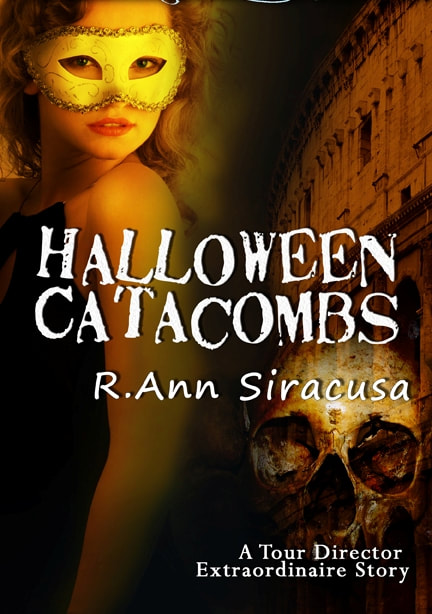

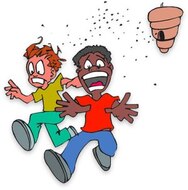

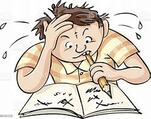




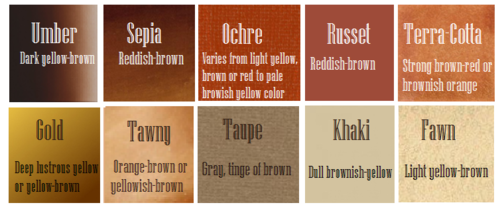
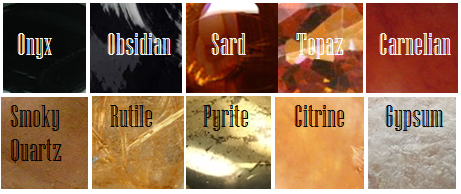





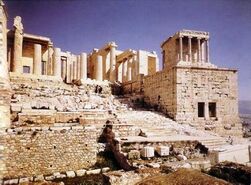
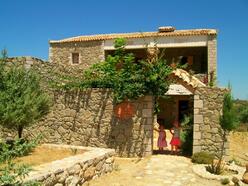

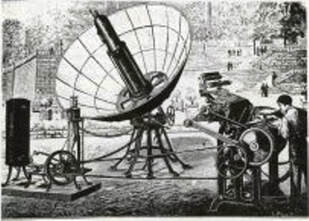





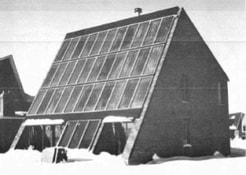












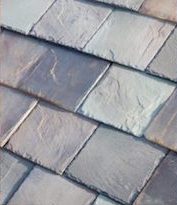













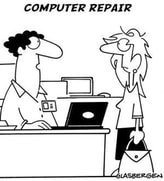








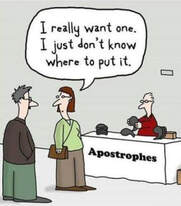







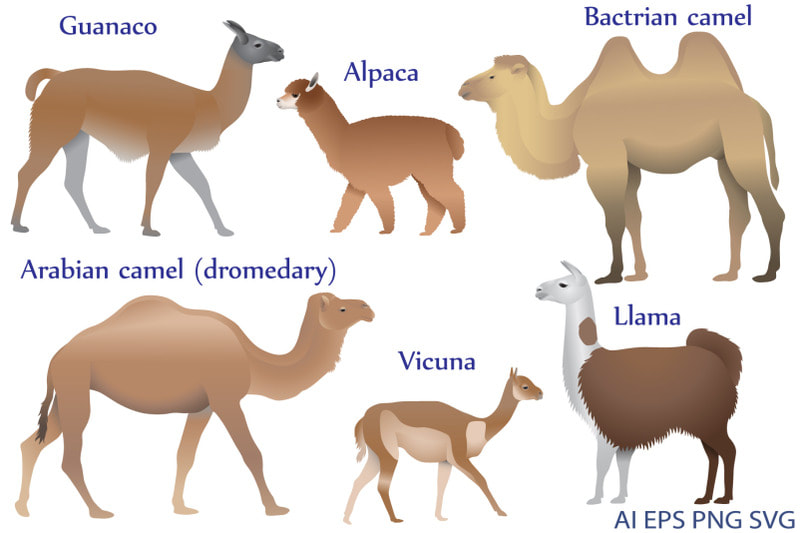

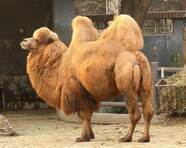
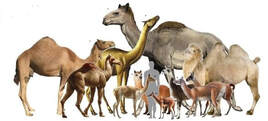
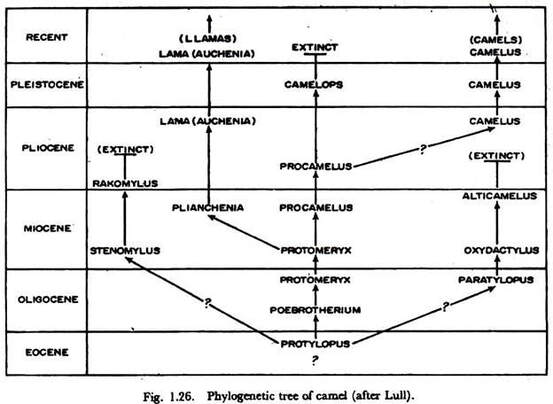
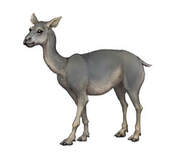
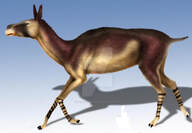
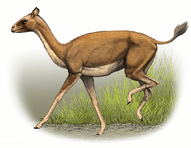
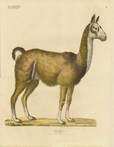
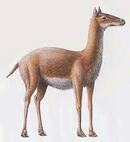
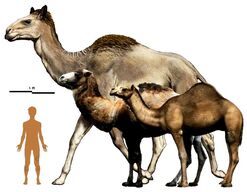
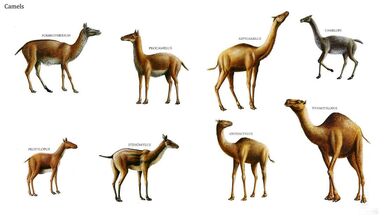
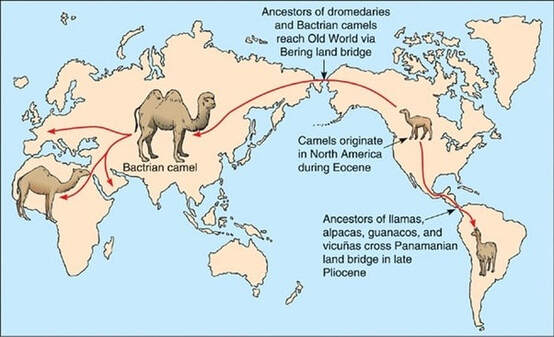
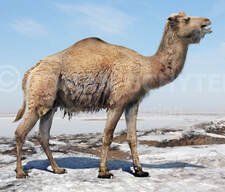







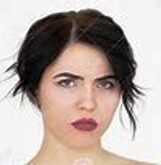






















 RSS Feed
RSS Feed